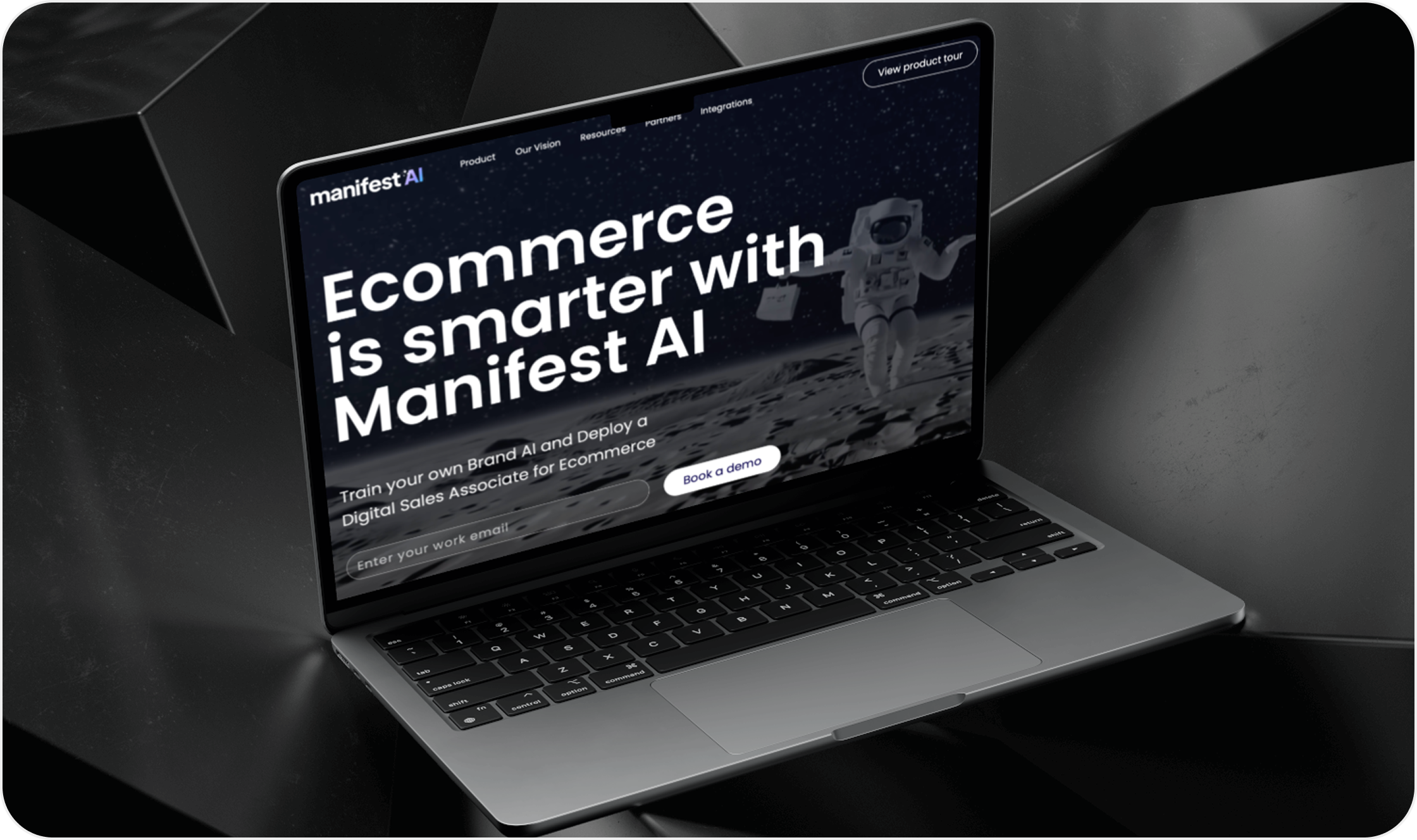Driving down e-commerce cart abandonment with innovative solutions
In the dynamic world of e-commerce, cart abandonment remains a common challenge for retailers. When talking about challenges that retailers face with their e-commerces, cart abandonment remains one of the most common ones. Statistics suggest that nearly 70% of shopping carts are abandoned before customers complete their purchases. This trend not only means lost sales but also points to potential issues in the online shopping process.
However, with the rise of artificial intelligence (AI), businesses are finding new ways to convert casual browsers into committed buyers, significantly reducing cart abandonment rates.
Come along with us as we explore AI's impact as innovative solutions.

Understanding the root causes of cart abandonment
Cart abandonment can occur for various reasons, including unexpected shipping costs, a complex checkout process, or simply because the customer was browsing with no intent to buy. Identifying these reasons is the first step in combating cart abandonment, and I can play a crucial role in this discovery phase.
AI does the important job of sifting through that noise to find the root cause. By analyzing customer data and spotting patterns, AI helps businesses understand why customers are leaving their carts behind. For example, AI can identify the stages at which most customers drop off in the checkout process so it can be simplified by businesses. It could also show the impact of unexpected costs, thus making businesses more upfront about pricing.
By solving these problems with AI insights, the cart abandonment rate of businesses can be reduced, and the buying experience can be enhanced in general, leading toward better conversion rates and customer satisfaction.

Implementing AI as a cart abandonment solution
AI minimizes cart abandonment by making recommendations based on the user’s preferences. For example Manifest AI is a new tool that can help reduce cart abandonment and provide consumers with individual assistance in the online shopping process. Being integrated with e-commerce platforms, it observes the user behavior and identifies possible cart abandonment moments. It immediately interacts with shoppers, providing individualized help, answering questions, and responding to issues, guaranteeing a clear route to making a purchase.
Also, AI greatly enhances the checkout process making it easier and friendlier to the user. AI remembers users preferences and will automatically fill in payment and shipping information. This saves time and effort and brings a personalized, smooth checkout experience according to the user's needs. For example, Amazon uses AI to streamline the checkout process through features like ‘1 -Click ordering’. This feature saves customer’s payment and shipping information, allowing them to complete purchases with a single click.
AI helps businesses find out what issues are bringing friction to the checkout process. By identifying these areas, businesses can optimize checkout steps to ensure the process is as smooth as possible and cart abandonment rates reduced.
With AI, checkout is quick, easy and more user-friendly. It automates the manual and time-consuming parts of the checkout process so the consumers can check out effortlessly.
AI algorithms analyze user interactions and feedback to continually optimize the checkout UI for usability and efficiency. By identifying friction or pain points, AI may suggest UI improvements, such as clearer navigation, fewer and easier form fields, or more intuitive button placement, with the ultimate purpose of making the checkout process seamless and easy for customers to go through all the different steps involved in finalizing the sale. All these optimizations will lead to fluid transactions and better conversion rates.
Last but not least, AI algorithms can trigger automated email campaigns to remind customers about their unfinished purchase. It might include personalized product recommendations, special offers, or an incentive to complete a transaction.
Zara, a renowned fashion retailer, sends targeted emails to customers who abandon their carts. These emails mostly carry personalized product recommendations and the offering of great deals, which lead customers to return to their cart and complete their purchase.
Offering multiple payment options
AI analyzes customer preferences and payment behavior to offer personalized payment options tailored to individual users. For example, AI may suggest preferred payment methods, such as digital wallets or installment plans, based on past transaction history or demographic information. By presenting customers with convenient and familiar payment options, AI reduces friction during checkout and increases the likelihood of successful transactions.
For example: AI identifies the geographical location of customers and offers payment methods popular in their region. Customers in Europe may be presented with options like SEPA Direct Debit or iDEAL, while customers in Asia may see options like Alipay or WeChat Pay.
By offering localized payment solutions, AI enhances the user experience, making it more likely that customers will complete their purchases. This approach caters to regional preferences and builds trust with customers who are familiar with these payment methods.
AI also can improve payment security by identifying fraud and other suspicious activities in the payment process in real-time, by responding to threats as soon as they are identified by freezing suspicious transactions, reporting accounts for further examination or informing clients of possible breaches. This fast action helps to prevent the processing of fake transactions and safeguard the customer’s accounts.
Future trends and innovations
The future of e-commerce looks promising, thanks to AI, which has revolutionized the industry by addressing key challenges like cart abandonment. Understanding customer behaviors and preferences, it is AI that really helps businesses in smoothing out operations, lessening cart abandonment rates, and generally enhancing the purchase experience.At Sogody, we specialize in resolving these challenges as AI experts. Our solutions drive customer engagement, provide personalized experiences, and optimize the checkout process. This leads to higher conversion rates and ensures greater satisfaction for both businesses and customers. As AI keeps developing, so will its ability to automate tasks, remember user preferences, and display special offers for particular payment means, which will, in turn, drive even more fluid transactions and higher conversion rates.
